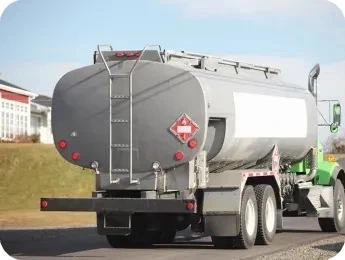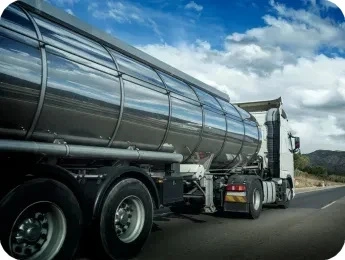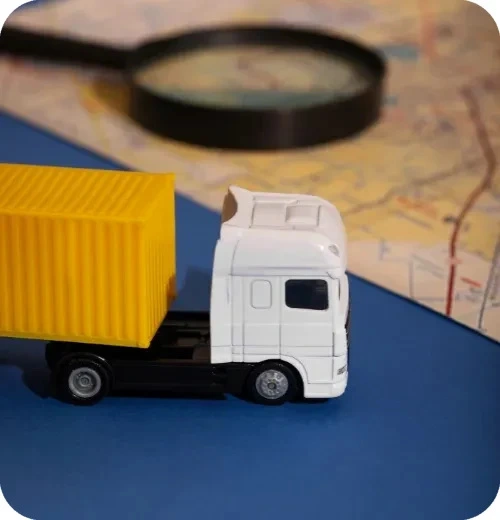We take a bottom-line approach to each project. Our clients consistently, enhanced brand loyalty and new leads thanks to our work.
We take a bottom-line approach to each project. Our clients consistently, enhanced brand loyalty and new leads thanks to our work.

SAFE HANDLING AND STORAGE OF HAZARDOUS MATERIALS It's essential to label all hazardous materials with the appropriate Hazmat symbols. Different symbols correspond to each category, so ensure correct labeling for proper handling. Using the right containers for storage is crucial. For example, if you're storing a liquid, invest in a proper drum. Also, consider spill control pallets to prevent extensive clean-up in case of leaks. Ensure that you have Materials Safety Data Sheets (MSDS) available for your employees. These are essential resources that guide how to handle various materials. You can find these sheets online, but be sure to use the most recent version and print multiple copies.


Define specific procedures and job duties for each employee, and ensure they receive job-specific training.
Always have personal protective equipment available. Employees should inspect it before use to ensure it's safe; if damaged, replace it.
In handling hazardous materials, employees should only use them for their intended purposes. Avoid using substances for tasks they weren't designed for, ensuring safety and compliance.
At Ship A1 Transport Service, our commitment to safety extends to the transportation of hazardous materials (Hazmat). We adhere to strict regulatory guidelines and industry best practices to ensure the secure and compliant transport of these materials.Our specialized team undergoes rigorous Hazmat training, covering everything from proper handling and packaging to emergency response procedures. With Ship A1, you can have confidence in the safe and reliable transportation of Hazmat, protecting both people and the environment throughout the journey.Choose Ship A1 for safe and reliable Hazmat transport.
HAZMAT, (Hazardous Material), refers to substances that can be really risky for our health, safety, and even the things we build and use—if they're not handled and transported carefully. To make sure these dangerous materials are moved safely, there are important rules and guidelines to follow. Some of these rules come from organizations like IATA, ICAO, the United Nations, and others. They create regulations like the Dangerous Goods Regulations and the International Maritime Dangerous Goods Code. These rules help everyone involved in transporting these materials do it safely.
Understanding the classification of hazardous materials into different classes is crucial because it guides how these materials should be treated to ensure safety during their handling and transportation. Each class has specific rules and precautions associated with it to prevent accidents, spills, fires, or other dangers.
Shipping hazardous materials, or HAZMAT, requires special care to keep everyone safe. They are often moved in special tank containers.
